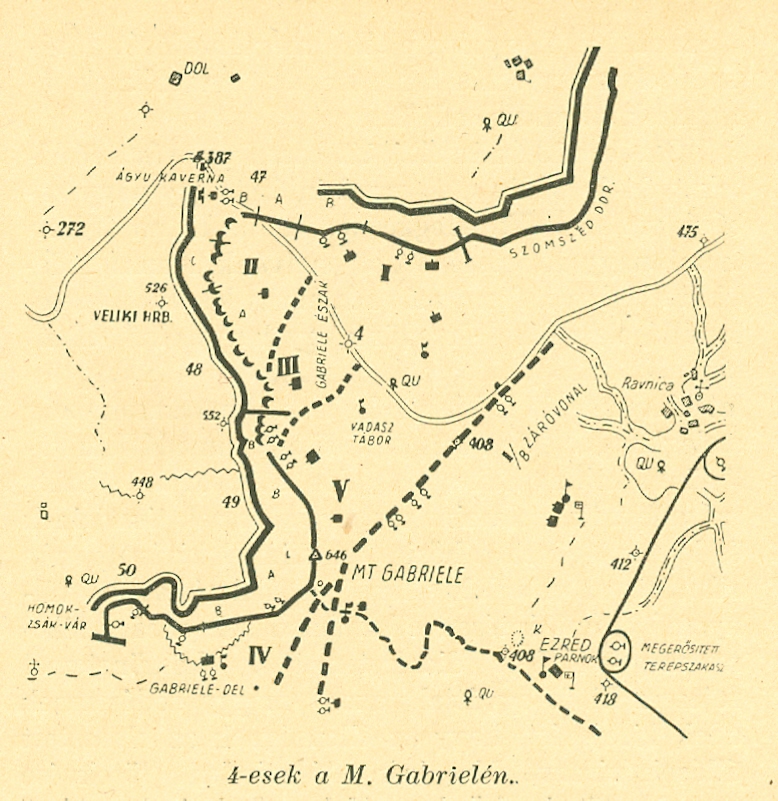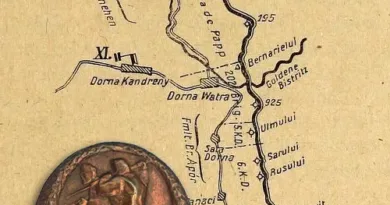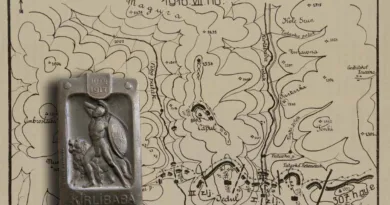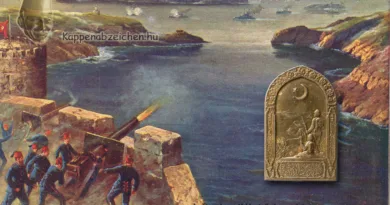Mt San Gabriele
In September 1917, the 20th Army Division was commanded from the more peaceful front of Volhinia again to the Italian front, even to the most difficult positions there. This job was on Monte San Gabriele, as the Italians called Monte del Morte, Mount of Death. As the map shows, the mountain was a protruding position that could be attacked from three sides. What’s more, the place could be kept under artillery fire from the neighboring heights on three sides. All this meant that during the day one could only stay in shallow trenches built into the rocks. The enemy fired on every movement so the ones who moved out was the son of death. Under these circumstances, even without Italian attacks, the defenders here suffered heavy losses. One of the few sheltered places was a cannon cavern lying at the northern tip of the Gabriele position. This natural cave had been converted earlier for the purpose of keeping the Italian positions of the mountains on the opposite side under fire with artillery placed there. After the fall of Görz, the front moved to the foot of the mountain, so it was no longer possible to shoot the first lines from the cavern. Instead of cannons, the cavern became a sheltered resting place for a company and a half.

Due to its location, the cannon cavern was particularly vulnerable to attacks. It was often in his back that Italian offensive wedges climbed a little further up the mountain. That’s when the defenders got stuck in the cavern. At an agreed signal, the artillery began bombing their own posts, the top of the cavern, to sweep away Italian attackers from there. The fighting continued with high intensity until October 25th. On this day, the 12th Isonzo Battle began, resulting in the collapse of the Italian front at Caporetto. The siege of Mt San Gabriele also ended at this time due to the general Italian retreat.

The 4th Honvéd Infantry Regiment was deployed in this front section with shifts in the fall of 1917. Their daily loss, if there was no business on either the Italian or Hungarian side, was 5-10 dead and 30-40 wounded per day. Preventing attacks required hundreds of casualties. During one of the most successful ventures, the honveds managed to drop hundreds of Italian prisoners of war. But the protruding position was constantly under fight. Neither side managed to drive the other away.

After the Caporetto breakthrough, King Charles also viewed the positions on Mt San Gabriele. This visit can be seen in the attached photo. The king wears the cap badge of the 4th Honvéd Regiment as well as the Isonzo Army badge. This better known badge of the 4th regiment is placed on the opening image. But the regiment also had a medal with a hanging ear, made specifically to commemorate the fighting around Mt San Gabriele. On one side a view of the mountain is seen, on the other an imaginary battle scene as the honved fights an eagle while his ankle is held in the mouth of a skull lying on one side.




